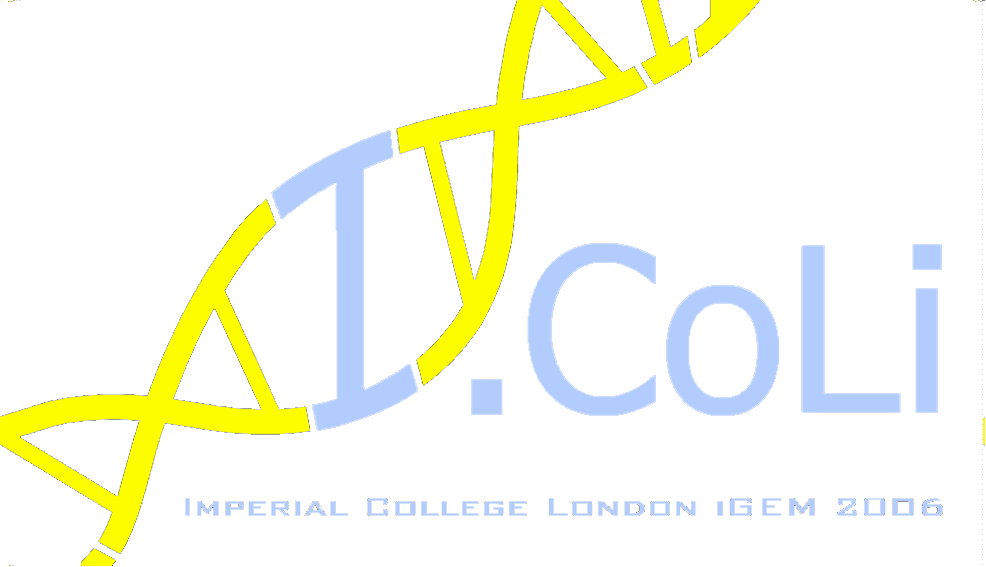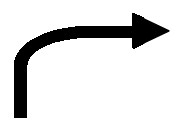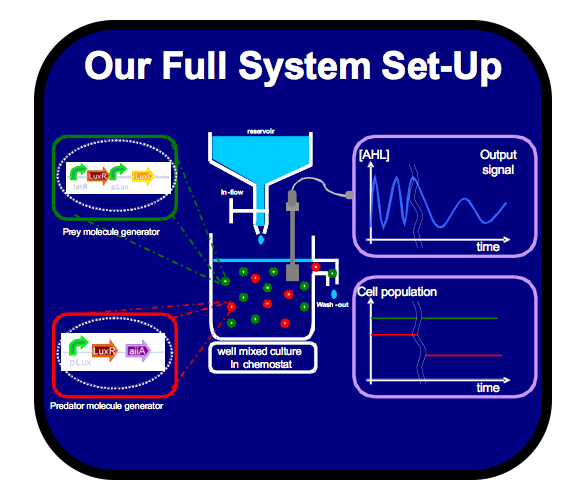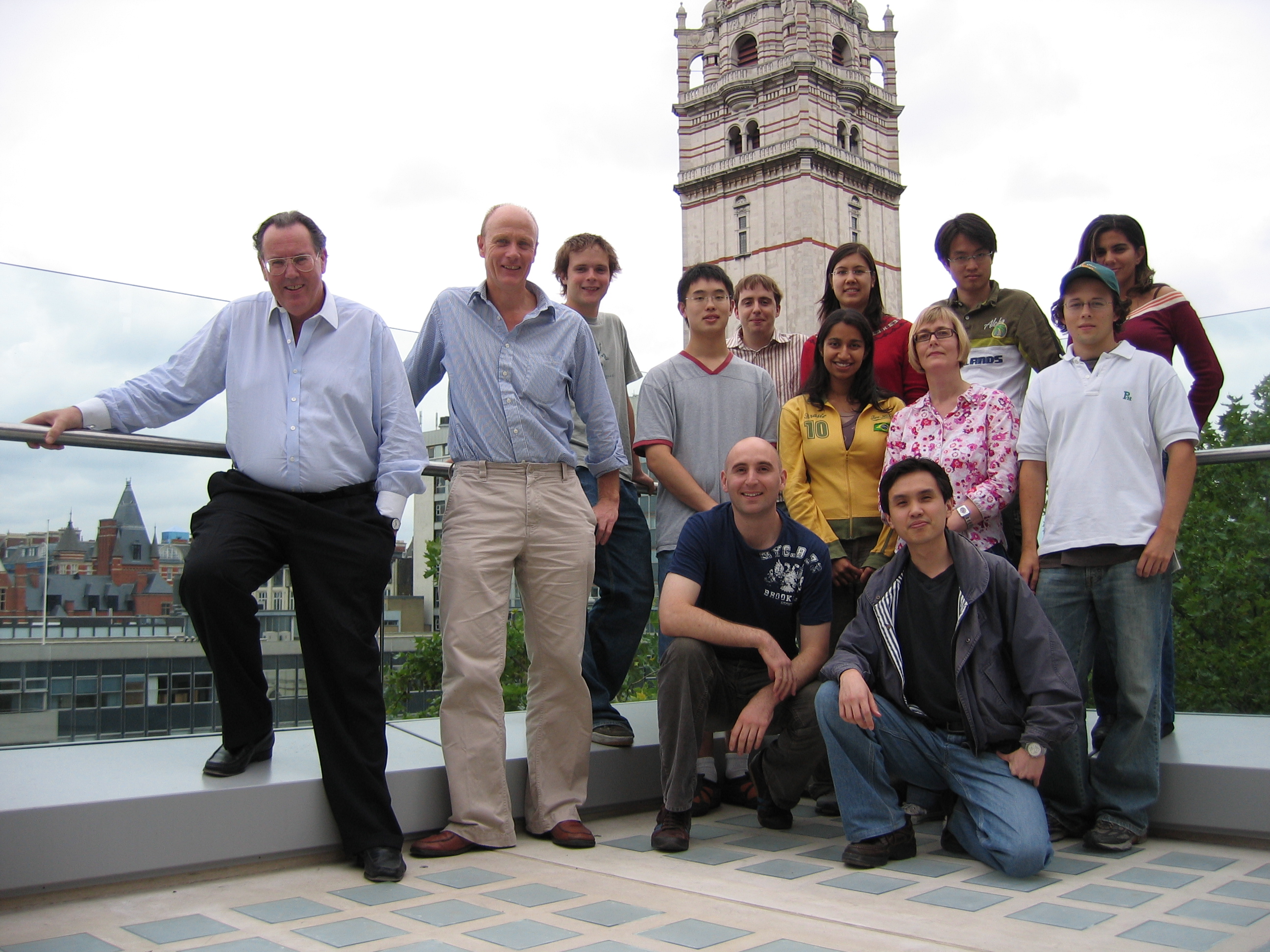Imperial College 2006
From 2006.igem.org

| Oscillators are a fundamental building block in many fields of engineering and are a widespread phenomenon in biology. Building a biological oscillator is thus a critical step forward in the field of Synthetic Biology. Engineering a Molecular Predation Oscillator, the iGEM project 2006 of Imperial College London, provides a new approach to creating a stable biological oscillator: It follows an engineering-based cycle of specification, design, modelling, implementation and testing/validation. The innovative design of the oscillator relies on predator-prey dynamics based on the Lotka-Volterra model. | Following the design of the oscillator, a full theoretical analysis and detailed computer modelling of the Lotka-Volterra dynamics was carried out. These studies showed that it is theoretically possible to provide a stable oscillator. Because all components as well as the overall oscillator were modelled, its behaviour could be accurately predicted. Our team successfully built the functional parts, thus providing the building blocks for the final oscillator. All parts created were experimentally tested and their characterization could be used to feedback information into the modelling.
|
Main Project
Secondary Projects
| [http://openwetware.org/wiki/IGEM:IMPERIAL/2006/project/popsblocker PoPs Blocker] | [http://openwetware.org/wiki/IGEM:IMPERIAL/2006/project/Bio_elec_interface Biological to Electrical Interface] |
|---|---|
|
As a method of controlling the activation of the positive-feedback loop in our predator-prey based oscillator, we successfully created this part, which can be used as a general Pops Blocker:
|
We also worked on a Biosensor for measuring AHL concentrations in order to establish a Biological to Electrical Interface this summer.
|
Our Contributions to the Registry
| Part Logo | Description | Link to registry | Built | Tested | Characterized | Sequenced | Sent |
|---|---|---|---|---|---|---|---|
| Final Constructs | |||||||
| Final Prey Cell | J37015 | YES | YES | Pending | YES | YES | |
| | Cre/Lox Prey Control | J37027 | YES | YES | YES | YES | YES |
| Test Constructs | |||||||
| Final Polycistronic Predator Cell Test Construct | J37016 | YES | YES | YES | YES | YES | |
| | Predator Cell, pLux Transfer Function (two promoters) | J37020 | YES | YES | NO | NO | YES |
| Intermediate Parts | |||||||
| | AHL induced LuxR generator (for predator cell) | J37019 | YES | N/A | N/A | YES | YES |
| | RBS + LuxR | J37033 | YES | N/A | N/A | YES | YES |
| | Prey Cell Intermediate | J37034 | YES | N/A | N/A | YES | YES |
| | LuxR + GFP | J37032 | YES | N/A | N/A | YES | YES |
Our Open Documentation
- Full Documentation, 100's of Photographs, Extensive Modelling, Lab Notebook and much more!
|
|
|
|
|
|---|
The Team and Acknowledgements
Undergrads
|
Advisors
|
Funding
|
|---|




